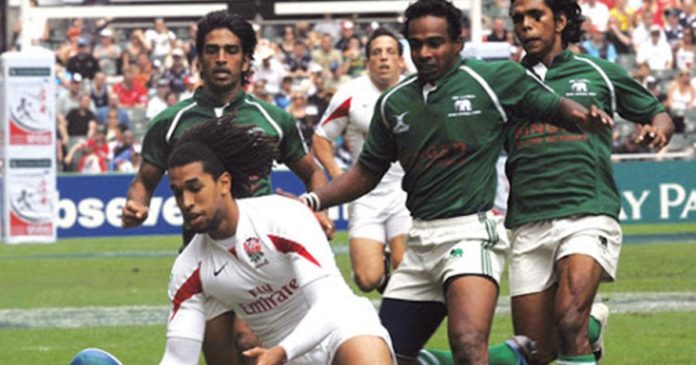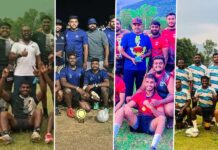In 2009 when the Olympic committee gave the green light in its 121st session to include rugby sevens as a sport for the 2016 Rio Olympics, it sent waves of excitement around the world.
The sport played for decades finally saw a spot in the Olympics. For the island nation of Sri Lanka where rugby is a passion, this was a new ray of hope.
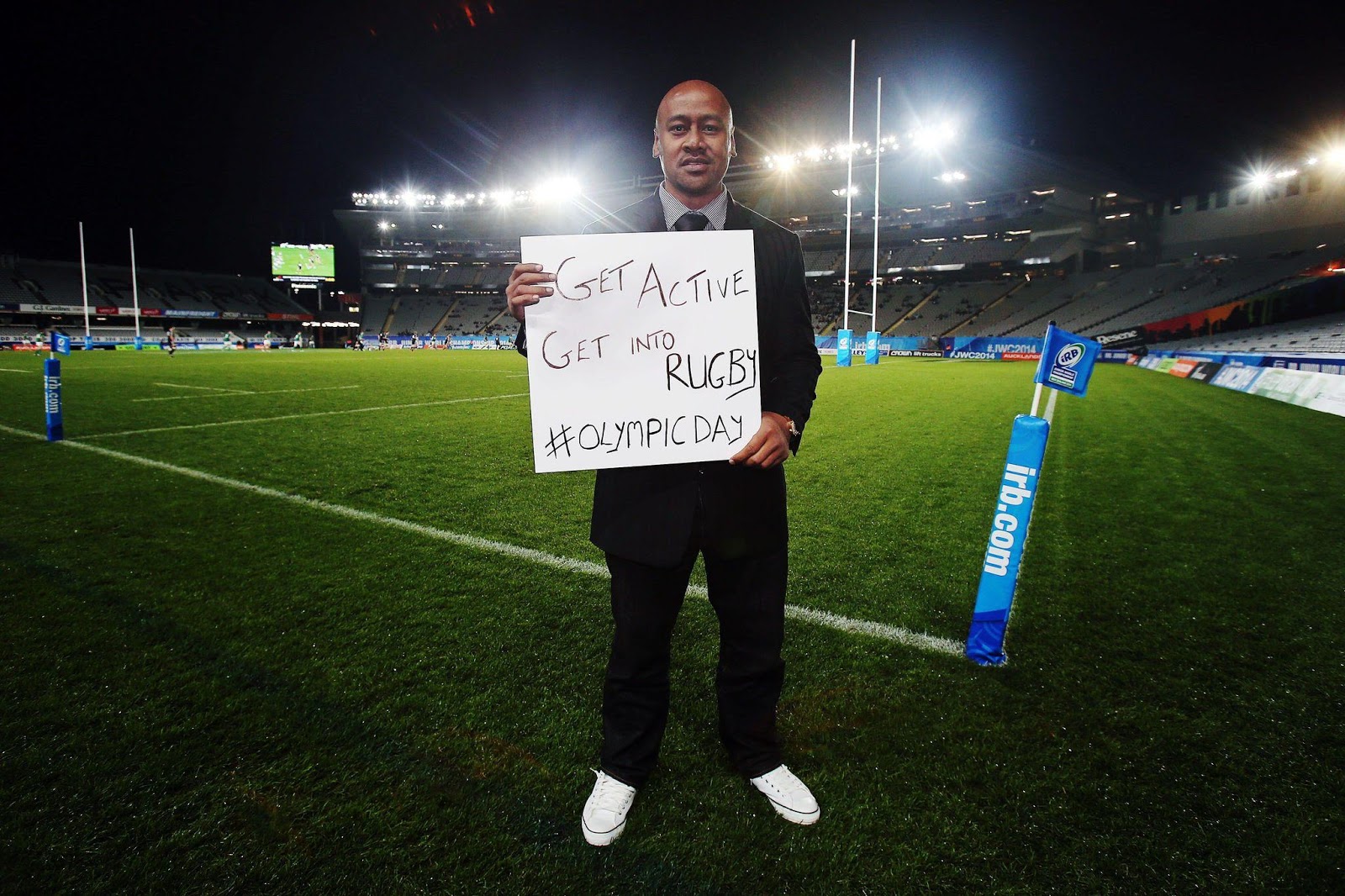
In 2009, Sri Lanka was a competitive side in sevens in Asia, not too many trophies to boast of but with raging potential, it fueled the country’s Olympic dream. With sevens prioritization, international tournaments and professional contracts, Sri Lanka was all set to go that extra mile to make it into the Games.
However, while trying to go the extra mile, Sri Lanka Rugby failed to build the foundations which would fuel them through to go the distance.
Since the major shift in the calendar in 2012 with Sevens Rugby prioritized over XVs, in the last 8 years, Sri Lanka has been able to win two Junior titles and also finish 2nd in Asia. However, with the dawn of the new decade the Tuskers stand in 5th position in Asia, one lower than where they were in 2010.
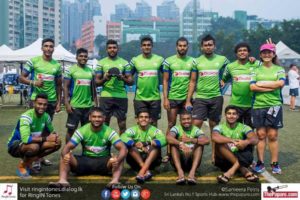
With nothing much to boast of in terms of rankings or titles in the last couple of years, it almost seems as if Sri Lanka has not only stalled but also perhaps have gone backwards in comparison to where they were in 2009.
So, what happened?
In 2009, Sri Lanka debuted its first IPL styled franchise sevens tournament, succeeding the Singer 7’s. The Carlton Super Sevens brought in world-class talent from around the world over the years including the likes of Carlin Isles (USA), DJ Forbes (New Zealand 7’s), Waisake Naholo (New Zealand 7’s) and Pio Tuwai (Fiji 7’s).
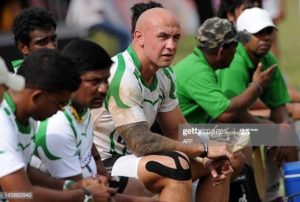
For international players to catch a flight to Sri Lanka to play professional sport meant that the paycheck was lucrative. With the mix of international and local players in the draft, the tournament aimed at providing much needed international exposure to the locals. The plan worked, but its longevity was always going to be a question. The Carlton Sevens continued until 2015 and was later succeeded by the Sri Lanka Super 7’s.
The Sri Lanka Super 7’s debuted in 2016 but had to be discontinued after 2017 due to a lack of funds. A similar venture to the Carlton Sevens, it just could not draw in the big names like its predecessor.
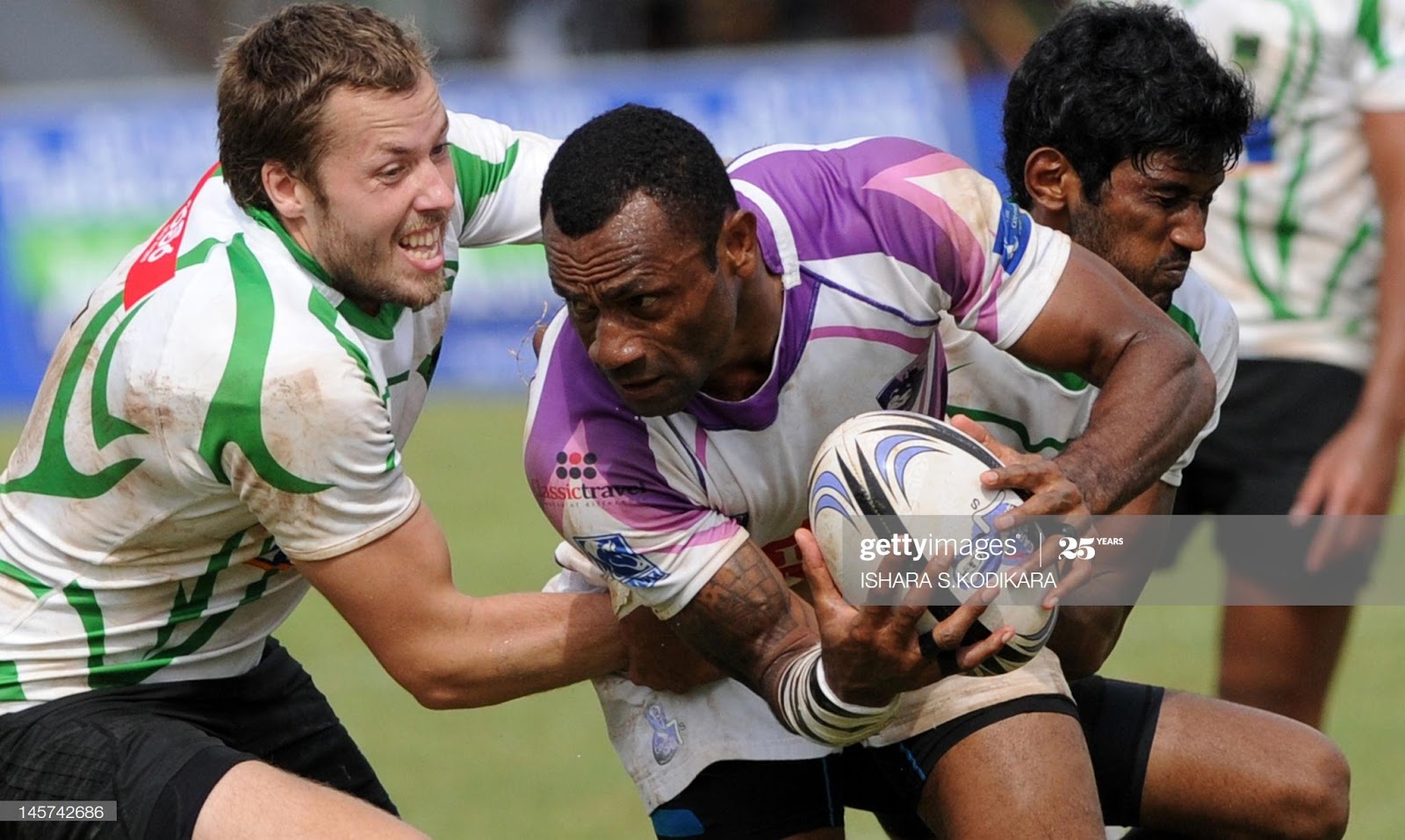
The impact of the sevens tournaments showed from 2013 to 2017 as Sri Lanka rose in the World Rugby rankings. In 2013, Sri Lanka finished in 3rd position for the first time in the Asian Sevens Series and managed to avoid falling beyond the top 3 until 2017. During this time, Sri Lanka reached an all-time high in the Asian circuit, finishing 2nd in the Asian Sevens Series in 2016.
It was also in 2016 that Sri Lanka clinched the Asia Under 20 Series and the Asia U18 Sevens series. In 2017, the under 20’s finished 2nd and then 3rd in 2018 but budget constraints prevented the country from fielding a team in 2019.
The Asian Games in 2018 was set to act as a fitting rejuvenation for the sport with the country going medal-less in the two earlier occasions. After a fighting 10-12 loss to Japan in the semifinals, Sri Lanka was once again deprived of a medal in the bronze play-off against Korea.
The need for a national squad
The need for a national squad didn’t come until 2016. In 2016, focus shifted onto the 2020 Olympic Games in Tokyo and Sri Lanka Rugby recruited a high-performance manager along with a specialized Strength & Conditioning coach with the goal of getting the team into the Games. This also brought the need for a specialized sevens coach.
An extended training squad was created in 2016 aiming to train continuously with a two-year plan targeting the Asian Games in 2018.
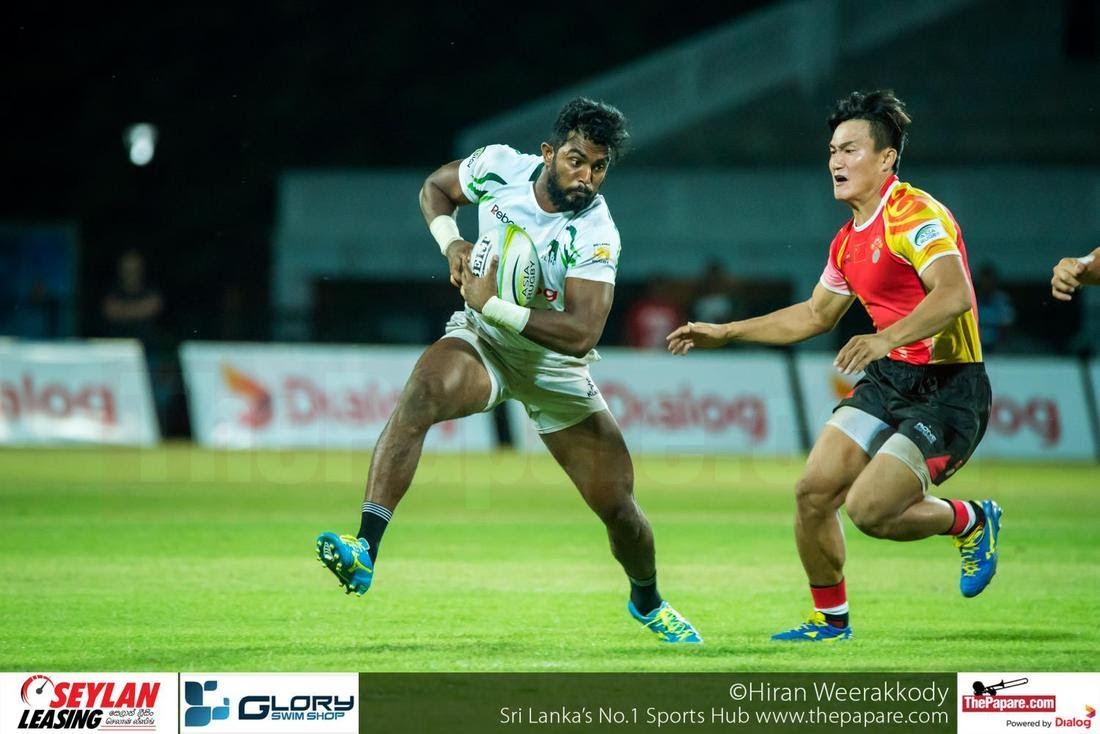
In Sri Lanka, where the national players are primarily contracted by ‘A’ division clubs, the franchise had the bigger say in what the player could commit to as a result of the non-existent national contracts.
Thus, the need for national contracts was acknowledged by the then Sports Minister Faizer Musthapha and through provision from the ministry, a total of 23 players were contracted by Sri Lanka Rugby.
Unfortunately though, the contracts only lasted for 6 months and the whole procedure was abruptly halted.
Last year was a nightmare on the sevens field for the country. A squad picked on merit from the club season trained for less than a month to go for the Asian Series. Major players opted out and a majority were unavailable due to injuries sustained in the fifteens.
Owing to this, all three legs had big changes to the playing group. The nightmare ended in Colombo where Sri Lanka finished 5th. Adding insult to injury, the Olympic qualifier for Asia also ended up in misery for the Tuskers with Sri Lanka finishing in 5th again.
The 7’s v 15’s debate
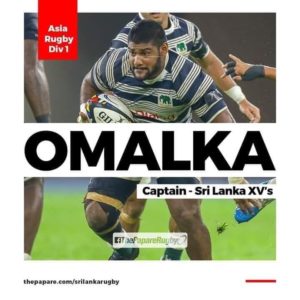
Sri Lanka, which has bragging rights to being Asia’s oldest union, sees a majority of rugby played in the fifteens format. In such a context when there is excessive focus on the sevens, things are bound to be difficult.
Budgetary allocations forced Sri Lanka to skip the Asia Division I XV’s tour in 2018, raising concerns that the national body had to address the following year. The fifteen’s program was re-instated at a cost and the team toured for the Asia Division I Championship to come home with just 1 win against Chinese Taipei.
Currently, Sri Lanka sees 16 weeks of fifteens rugby in the club level and 9-13 weeks of fifteen’s rugby in the school level. A total of 2 major professional sevens and 2 school sevens tournaments are played in a normal rugby calendar.
If the country needs to turn its focus, the entire structure needs an overhaul. The 9-month fifteens calendar needs to have a facelift to accommodate more sevens tournaments. This needs to be enacted in club, youth and school levels.
The Challenge
In the pre-Olympic era of rugby, Sri Lanka were regular participants at the Hong Kong 7’s where defeating the USA was regulation. A decade forward, USA is currently the world’s #2.
So, what was their secret formula?
Money.
Sri Lanka is not short of representation, having the second-highest number of registered players in Asia (World Rugby census) but the investment in training, development and coaching is minimal.
Today the schools act as feeder units to the national grid but the conversion rate from school to professional is less than 10%. A key reason for this is that Rugby, does not provide most players with a stable source of income.
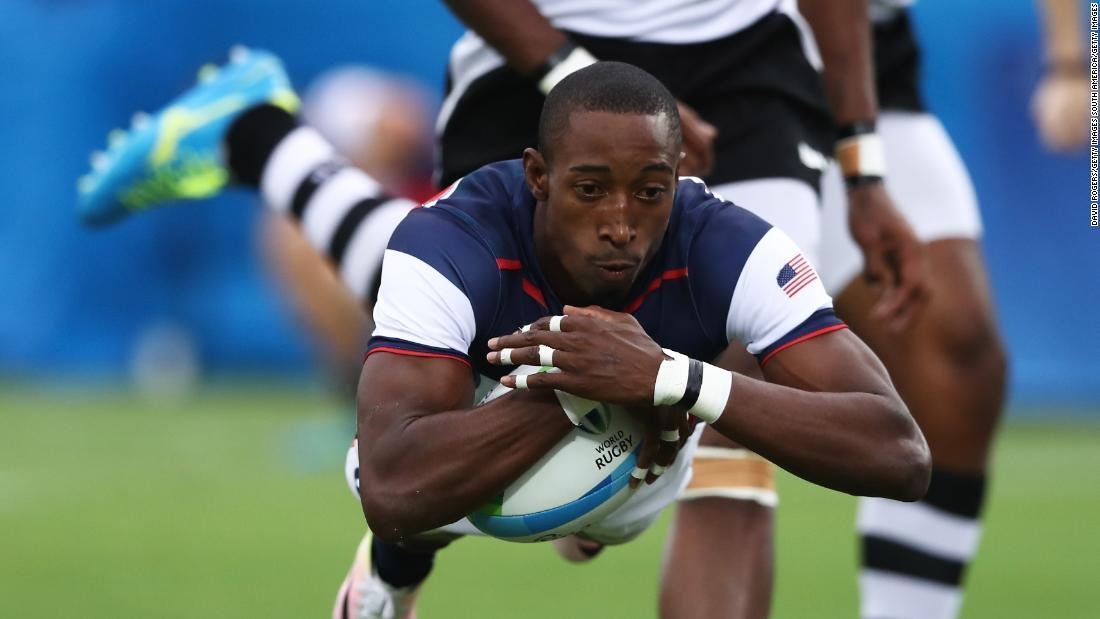
It’s no secret that financial strength is as important to a team’s progress as talent. And in Sri Lanka, apart from Cricket, financial instability is commonplace amongst sporting bodies..
The keys to success for sevens will be a strategic long term plan devised with provisions for national contracts, high performance and specialized coaching.
In 2016 when specialized staff for the High-Performance unit and the sevens were recruited, there was definitive progress in the country. But the programme was not financially sustainable.
This was saddening since it reversed everything that was done in the last two years and Sri Lanka were back to where they started.
Exposure is also another important factor to be considered. A local player who makes the squad will have very little experience playing against international teams. The tournaments like Carlton Sevens and Sri Lanka Sevens provided them with that international flair and the resumption of such tournaments will aid the cause.
While looking at increasing local tournaments, teams need to make the rounds in the international circuit. Take our Asian counterparts Japan and Hong Kong for an example. Both these teams play at least 8 or 9 tournaments per year in sevens before making it to important series such as the Asian Sevens. In comparison, Sri Lankan players go play international tournaments with just a month’s training under their belts.
Above everything, it is important to formulate a sustainable plan that can be continued regardless of the changes that take place in administration.
Sri Lanka might not win big in the coming years but they could achieve something unimaginable in the future if there’s a long term strategy in place.

